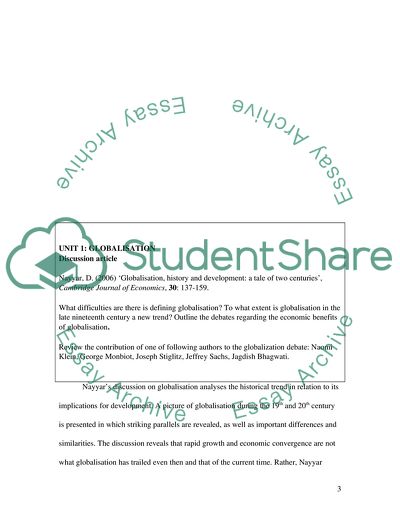Cite this document
(International Production and Governance Annotated Bibliography, n.d.)
International Production and Governance Annotated Bibliography. Retrieved from https://studentshare.org/macro-microeconomics/1719165-portfolio-international-production-and-governance
International Production and Governance Annotated Bibliography. Retrieved from https://studentshare.org/macro-microeconomics/1719165-portfolio-international-production-and-governance
(International Production and Governance Annotated Bibliography)
International Production and Governance Annotated Bibliography. https://studentshare.org/macro-microeconomics/1719165-portfolio-international-production-and-governance.
International Production and Governance Annotated Bibliography. https://studentshare.org/macro-microeconomics/1719165-portfolio-international-production-and-governance.
“International Production and Governance Annotated Bibliography”, n.d. https://studentshare.org/macro-microeconomics/1719165-portfolio-international-production-and-governance.


